1. Pencil Sharpeners with Knife Blades
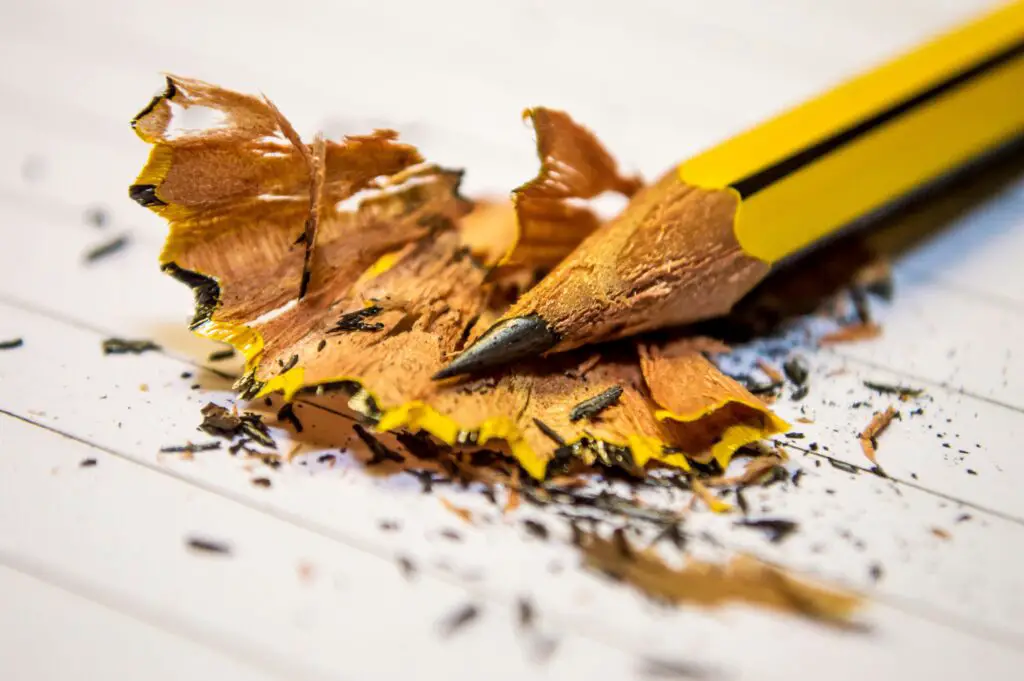
In the past, pencil sharpeners were often operated with a knife blade instead of a modern electric sharpener or hand-cranked device. These sharpeners could easily slice through a pencil with ease, but they also posed a significant safety risk. Students had to be cautious when turning the handle to avoid getting cut, and accidents were not uncommon. Today, such sharp tools have been replaced by safer, more efficient electric models that are less likely to cause injury shares Reddit.
It’s hard to imagine a school day with students using a pencil sharpener that looked like it belonged in a woodworking shop. The blade-driven models required close attention and supervision, something that modern classroom environments just don’t have the patience for anymore. Teachers and parents alike would be nervous about handing these out today.
2. Ink Wells

Before the convenience of ballpoint pens and fountain pens, students in many classrooms used ink wells built right into their desks. These wells required a fountain pen to fill, and the messy ink often spilled, staining both papers and clothes. While the ink wells may have been nostalgic for some, they certainly weren’t practical in today’s world of spill-proof, quick-drying writing instruments says the Past.
The ink well system also came with its own set of problems—students had to constantly refill them, deal with smudges, and manage the constant risk of spilling ink everywhere. Imagine trying to get kids to focus on writing while worrying about ink stains on their hands, desks, and uniforms. It’s no wonder the ink well was replaced.
3. Carbon Paper

Carbon paper was once the magic trick for making duplicate copies of handwritten notes and assignments. To use it, students would place a sheet of carbon paper between two pieces of paper and press down hard to transfer the ink. It worked, but it was incredibly messy, often leaving smudges on the top page and stains on fingers shares Reuters.
In today’s digital world, carbon paper seems like a distant memory. With modern printers, photocopiers, and digital devices, there’s no need to manually press down on paper to create duplicates. The days of squinting at faded carbon impressions are long gone adds the Guardian.
4. Chalkboards and Chalk
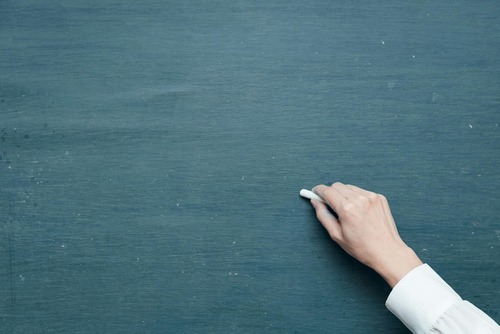
Before the era of whiteboards, classrooms were lined with large chalkboards, and students wrote on them using pieces of chalk. While this may seem like a simple system, the chalk dust that filled the air was a nuisance, especially for those with allergies or respiratory issues. The constant erasing of chalk led to dust clouds and a mess that could not easily be cleaned.
Nowadays, whiteboards with dry-erase markers have taken over, providing a cleaner, easier, and more efficient way to write. Chalkboards are becoming relics of the past, much like the dusty, sneeze-inducing chalk that once filled classrooms.
5. Wooden Rulers
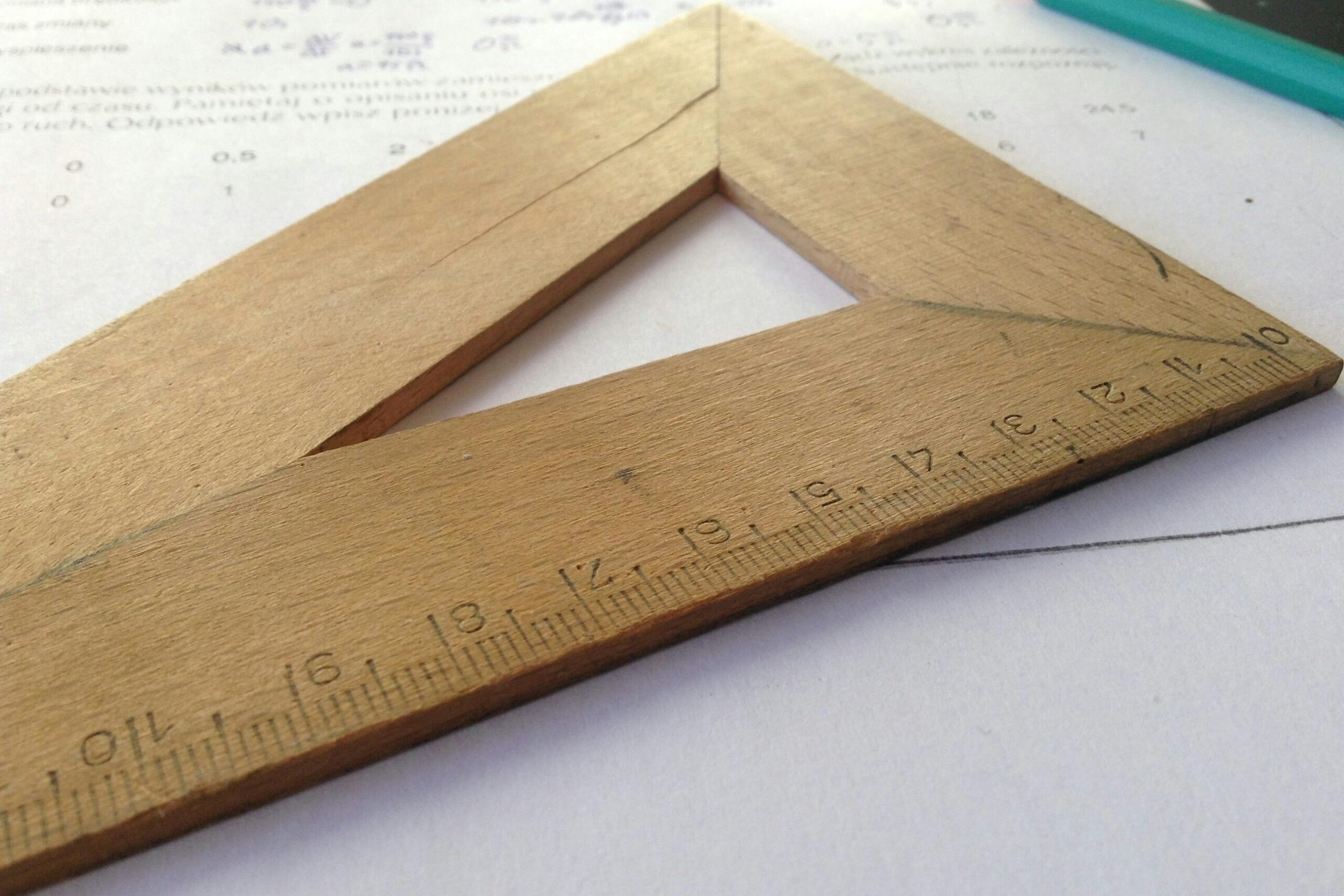
While today’s rulers are sleek, flexible, and often made of plastic, wooden rulers used to be a staple in classrooms. The wooden rulers were thick and could easily double as disciplinary tools, a tradition that many schools have thankfully left behind. Their rigidity made them less practical for various classroom activities, especially when it came to measuring curves or odd shapes.
With the introduction of plastic rulers, which are more durable, flexible, and light, wooden rulers have faded into obscurity. They’re just not up to the task in today’s fast-paced classroom environments where students need tools that fit their modern needs.
6. Slide Rules
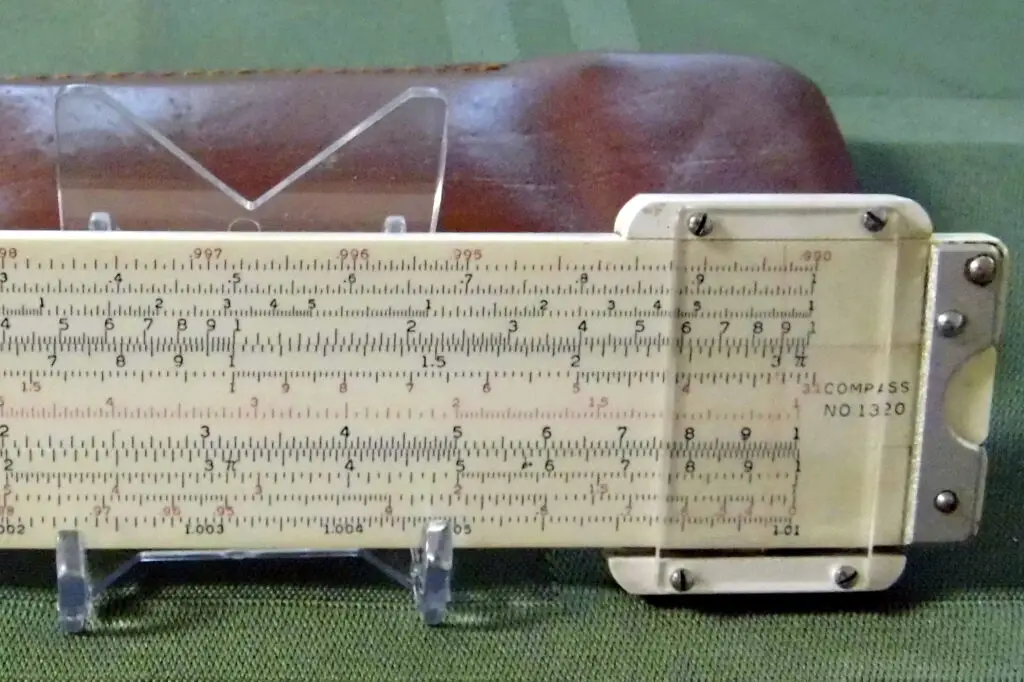
Before the invention of calculators, students had to rely on slide rules for advanced mathematical calculations. These mechanical devices allowed students to perform operations like multiplication, division, and even logarithms by sliding two pieces of the rule along a scale. While they were revolutionary for their time, using a slide rule required a level of precision and understanding that many students struggled to master.
In today’s classrooms, slide rules have been replaced by digital calculators, which are much easier to use and far more accurate. The days of needing to carry around a heavy, complex piece of equipment to solve math problems are long gone.
7. Pencil Cases with Built-In Compasses
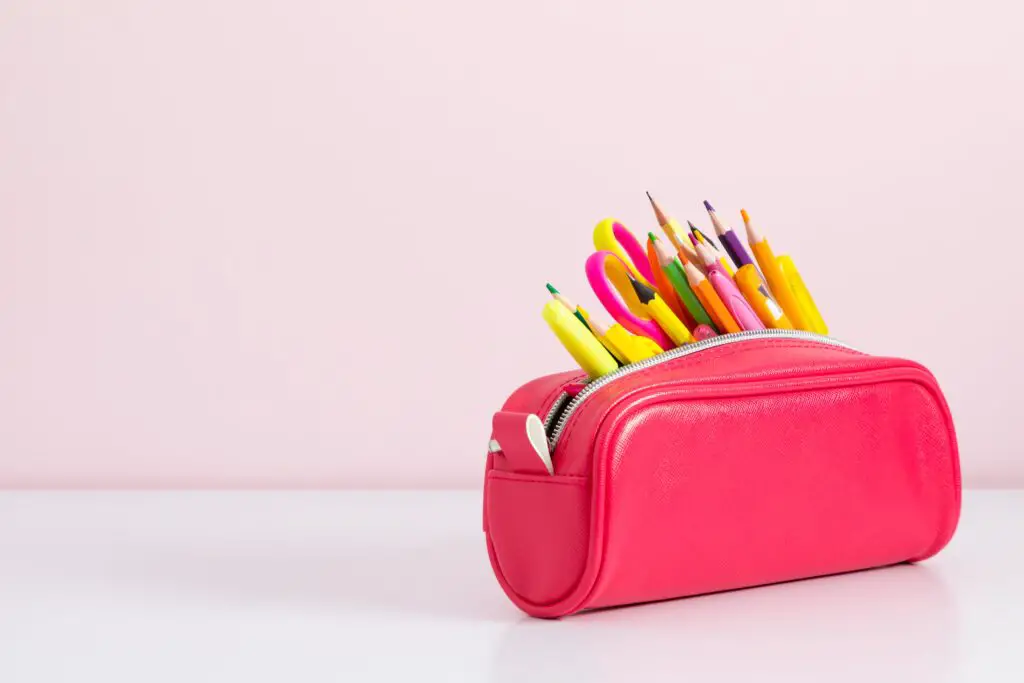
In the past, pencil cases often came equipped with built-in compasses for drawing circles and angles. While the idea of having a compass attached to your pencil case sounds convenient, these setups were clunky, and the compasses would often break or get lost. Moreover, they added unnecessary weight to what was already a packed pencil case.
Now, most students carry smaller, more streamlined pencil cases, and compasses are bought separately. With the ease of access to digital tools and calculators that offer geometric functions, there’s just no need to carry around such a bulky, specialized item anymore.
8. Manual Typewriters
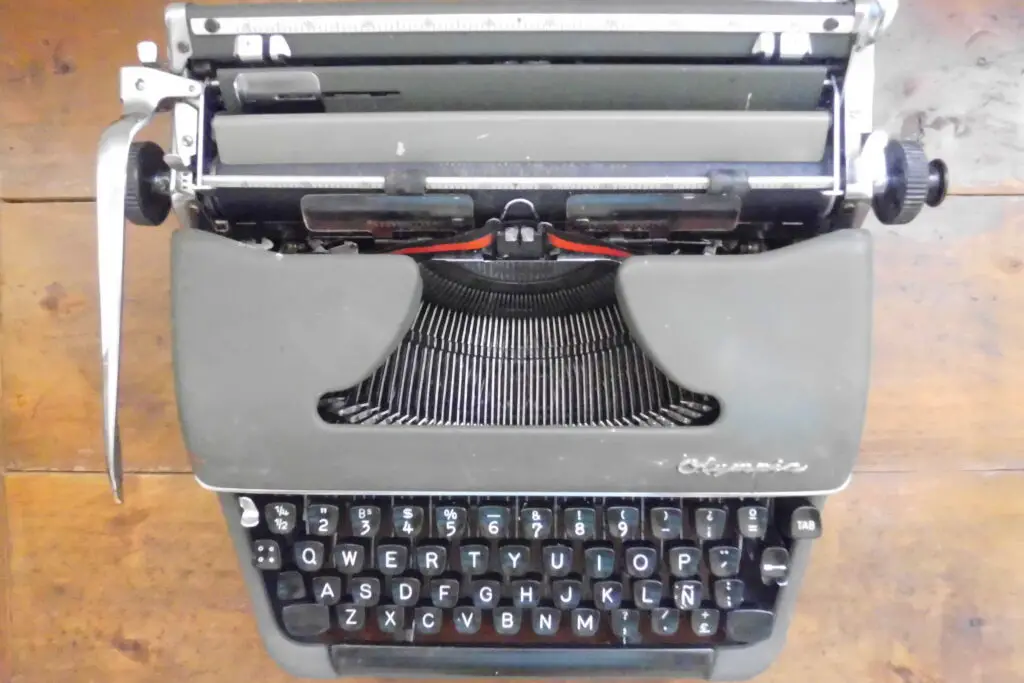
In the days before computers, students learned to type on manual typewriters. These machines were mechanical, requiring a lot of force to hit the keys and often leading to jammed ribbons or misspelled words. While they were a necessary skill for students in the past, the mess of correcting mistakes and the need for extra ink ribbons made them more trouble than they were worth.
Now, digital devices like laptops or tablets have taken over typing lessons, making the process much smoother. With spell check and easily accessible documents, there’s no need for manual typewriters to slow down the educational process.
9. Graphing Calculators with Buttons
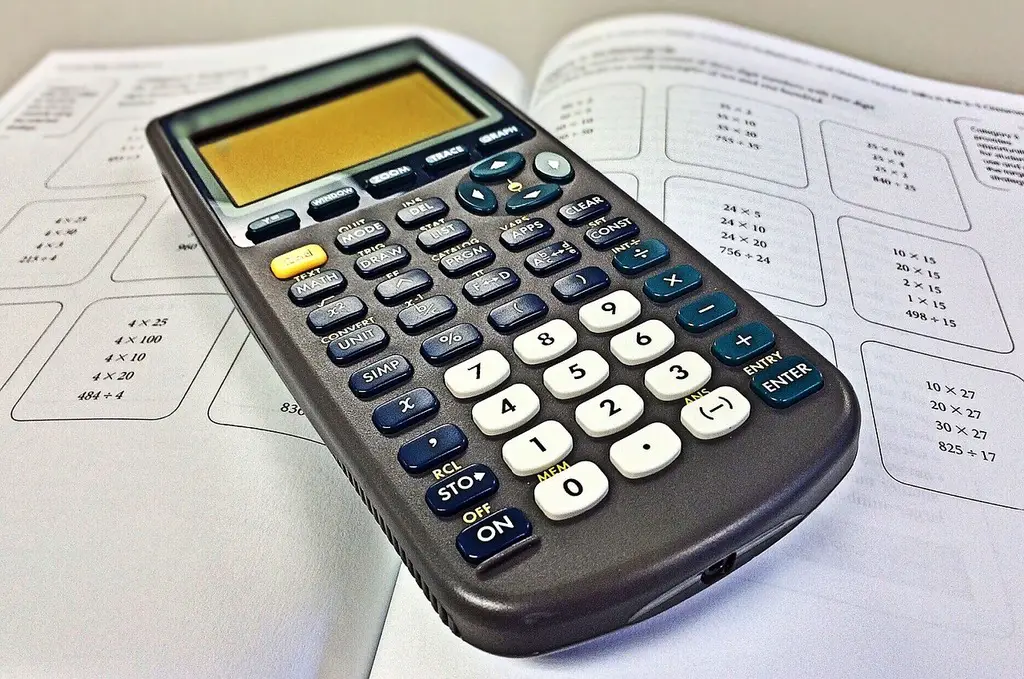
Before the rise of smartphones and app-based calculators, students had to rely on large, clunky graphing calculators. These calculators were bulky, had numerous buttons, and were difficult to navigate. Additionally, they were expensive, and many schools couldn’t afford enough for every student.
Today, most students simply use apps on their smartphones to perform complex calculations, eliminating the need for physical graphing calculators altogether. The technology has advanced so much that students now have access to more powerful tools in the palm of their hand, leaving the old graphing calculators in the dust.
10. Plastic Pencil Grips
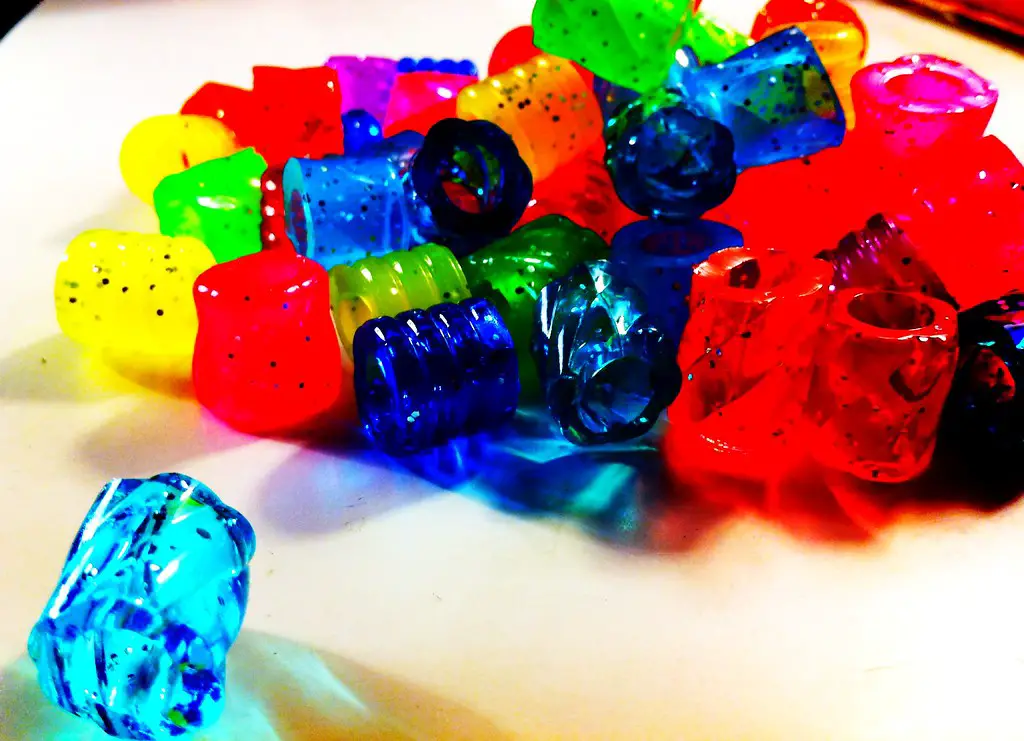
In the past, students who struggled with holding a pencil correctly were given plastic pencil grips to help them improve their grip. While they were designed to aid students, these grips were often uncomfortable and didn’t always achieve their goal. The plastic material would wear out quickly, making them a short-term solution to a long-term problem.
Today, schools use more ergonomic solutions and alternative learning strategies that go beyond simple pencil grips. With increased access to adaptive technologies and writing aids, the plastic grips are a thing of the past.
11. Ink Eradicators

If you made a mistake with ink, ink eradicators were your go-to fix. These small, often smelly bottles of liquid were used to cover up mistakes by applying a white, chalky substance over the ink. While they worked in the short term, the eradicator could easily ruin the paper by bleeding through, and it didn’t look nearly as neat as modern correction tools.
Today, we have white-out tape and digital erasers that provide cleaner, more efficient ways to fix writing errors. Ink eradicators, once a staple in classrooms, are now obsolete and widely considered an unnecessary mess.
12. Ditto Machines
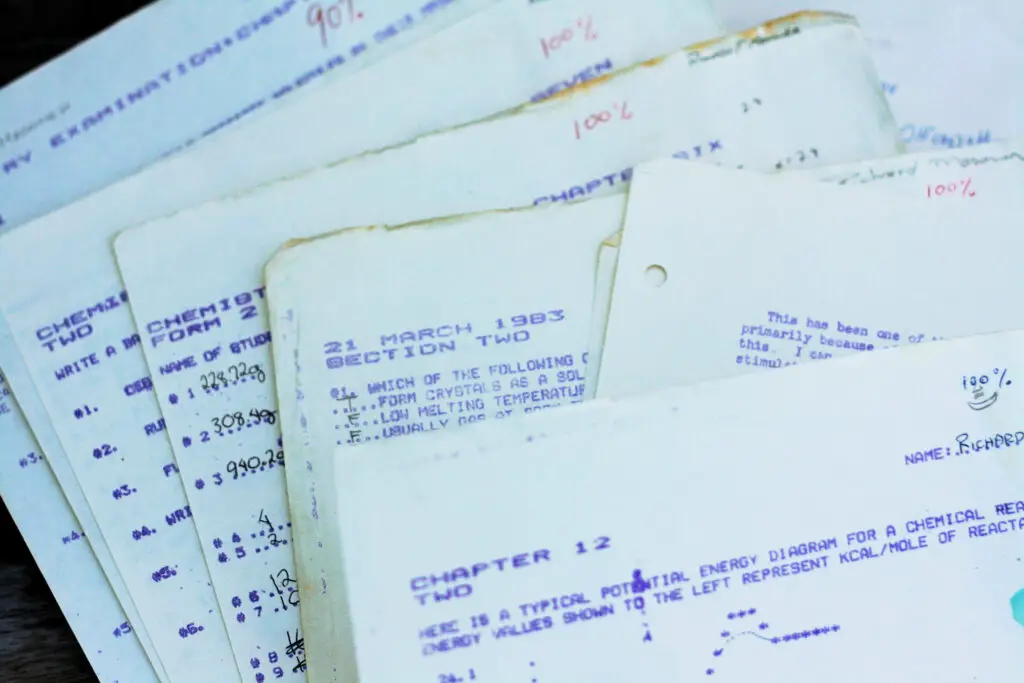
Before photocopiers and printers, schools used ditto machines to make copies of documents. These machines used a purple ink that would leave students’ hands stained after handling the papers. The smell of the ink could linger, and the copies weren’t always clear, leading to frustration for both teachers and students.
Photocopiers and digital printers have completely replaced the need for ditto machines, and today’s technology allows for crisp, clean copies made quickly. The days of purple-stained fingers are a distant memory for most students.
13. Ink Pens with Retractable Nibs
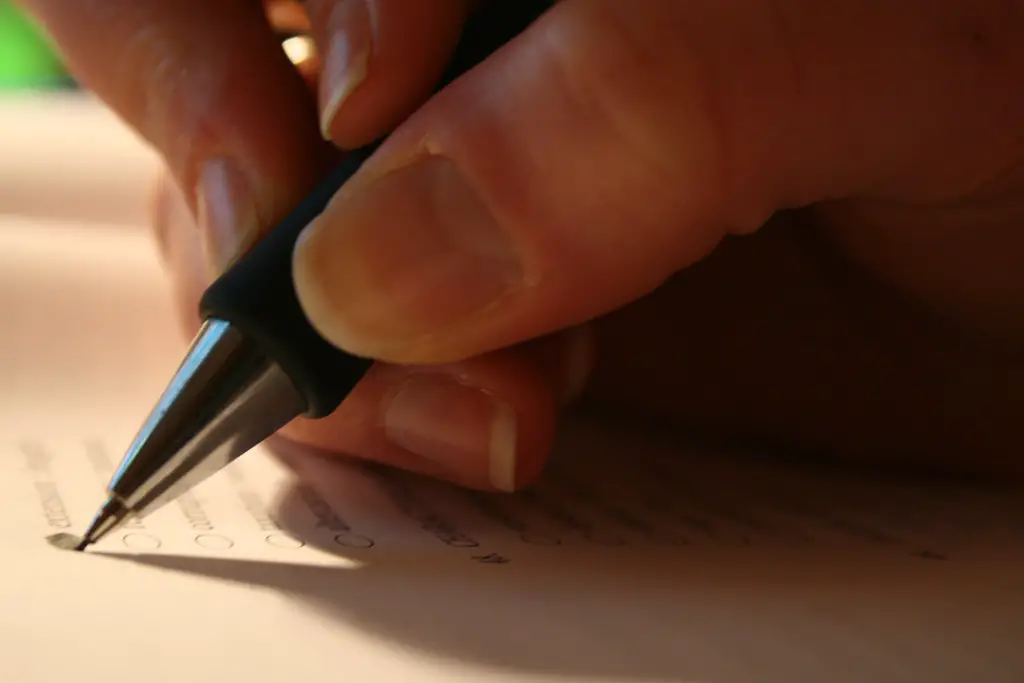
In the past, retractable nib pens were a common classroom item. These pens had a spring-loaded mechanism that would push the nib back inside the barrel when not in use, which often resulted in ink leakage or a pen that wouldn’t write properly. Despite these flaws, students still had to deal with them regularly.
Modern pens have evolved to be more reliable, with click-action or twist mechanisms that ensure the ink stays sealed. With better designs and ink-flow systems, the unreliable retractable nib pens are no longer seen in today’s classrooms.
14. Old-School Lunchboxes with Thermoses
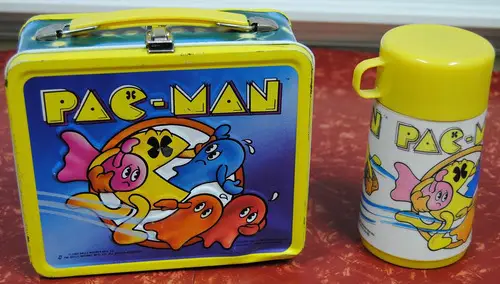
Classic metal lunchboxes were once a must-have for students, often featuring beloved characters or TV shows of the time. They came with built-in thermoses for hot drinks or soups, but these thermoses were prone to leakage, making lunchtime a messy ordeal. The heavy, bulky lunchboxes also took up a lot of space in students’ backpacks.
Now, students carry lightweight, insulated lunchboxes with separate containers for drinks and food. These newer lunchboxes are easier to carry and keep food fresh without the risk of leaks that old-school thermoses brought.
15. School Slates
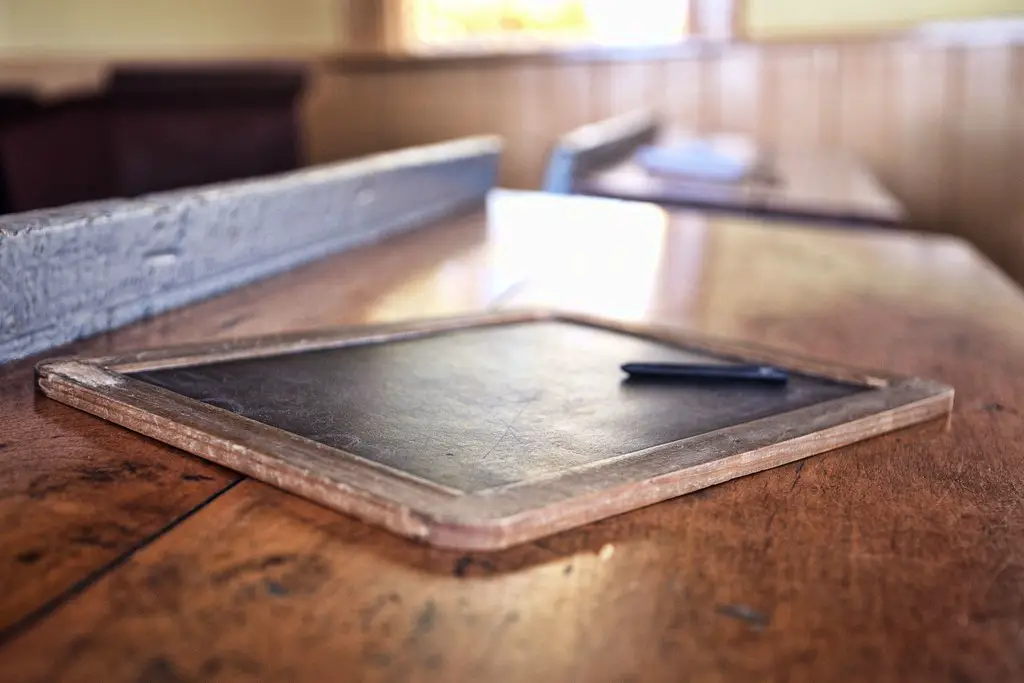
Before notebooks were commonplace, students used slates to write on with chalk. These small, rectangular boards allowed children to practice writing and arithmetic without wasting paper. While they served a purpose, slates were fragile and required constant cleaning, making them a hassle for both students and teachers.
Today, technology has replaced slates, with tablets and digital learning tools that allow for more dynamic, interactive learning experiences. The shift away from slates reflects the vast advancements in educational tools, making them a relic of a bygone era.
